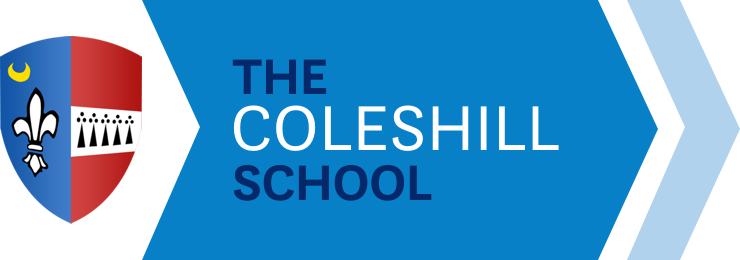GL Assessment Information

WHY DOES THE COLESHILL SCHOOL USE GL ASSESSMENTS?
GL’s expertise in assessment has been gained from decades of working with schools and teachers.
Their goal is to enable every child to realise their full potential by taking a ‘whole pupil view’ which takes into account ability to achieve, current attainment, and any barriers to learning they may have.
GL work with partners, including King’s College London and the University of York, to ensure that their assessments are the most rigorous, academically sound and in line with current best practice in education. GL assessments are also widely used by the Education Endowment Foundation (EEF) to measure the impact of their intervention research, and they are also used by schools and Governments in over 100 countries worldwide.
The right assessments and data are vital to support teachers seeking to demonstrate progress, close the attainment gap and ensure every student is maximising their potential.
GL assessments help The Coleshill School meet these challenges with a range of assessments that are built on the best academic research and extensive trialling, use a powerful digital assessment system, and generate instant reports that enable you to make quick and effective use of the data.
Please Note: The focus of these assessments is to facilitate the school’s ability to ensure all pupils reach their potential. Therefore, we do not publish the results of these tests to children or parents/guardians.
CAT4 (COGNITIVE ABILITIES TEST) ASSESSMENTS
CAT4 is a widely used test of reasoning abilities for children in secondary school.
It is an assessment of developed abilities in areas known to make a difference to learning and achievement – namely verbal, non-verbal, quantitative and spatial reasoning – and it provides an objective perspective on potential student achievement.
Please watch this short video explaining the Cognitive Abilities Test (CAT4) batteries it will help you understand why we are using this tool in
EXPLAINING THE CAT4 ASSESSMENTS
The reports generated from the CAT4 test provide a learning bias profile, again another clear short video can be seen below, but in short we can use these tests to identify pupils and students who have a bias towards verbal or spatial learning, which may be impacting them in some subjects. Students with very high verbal bias may excel in written and discussion tasks in English or history, but struggle in STEM subjects, and likewise a pupil with a high spatial bias may learn best through diagrams, but struggle in verbally-based subjects. Those students falling in the balanced profile may be very low or very high, but they will benefit from all types of teaching support.
HOW WE USE CAT4 TESTS TO IDENTIFY ABILITY BIAS
EXPLAINING THE STANDARD AGE SCORE (SAS) THAT THE CAT’S PROVIDE
The Standard Age Score (SAS) is the most important piece of information derived from standardised assessments. The SAS is based on the pupil’s raw score, which has been adjusted for age and placed on a scale that makes a comparison with a nationally representative sample of pupils of the same age across the UK. The average score range is between 89 and 111, any scores lower than 89 are below average and scores higher than 111 are above average. We are in the process of placing CAT4 SAS scores on your child’s Go4School profile for reference – these can be found under “View Full Profile” at the top of the G4S page.
PT (PROGRESS TEST) ASSESSMENTS
The Progress Test Series (PT Series) helps accurately measure how our school and our students are performing in English, maths and science against the national average – and measure both in-year, and year on year progress.
Standardised on over 100,000 children, the easy-to-use tests assess knowledge, understanding and application of the core curriculum subjects, helping The Coleshill School to understand current levels of attainment and identify any gaps in learning at both an individual and cohort level.
The tests are used at the start of the year for baselining and at the end of the year to measure and track progress. Detailed reports analyse key dimensions of learning for each subject and provide a question-by-question breakdown to help identify those students who require more challenging targets and those who may need extra support.
SHOULD I PREPARE MY CHILD FOR THE GL ASSESSMENTS?
GL assessments are designed to not be a test of learnt knowledge. The assessments need to be as unaffected as possible by any external factors, such as practice. Think of it like an eye test; if you practice ahead of an eye test and memorise the card, your diagnosis may not be correct and valuable information may be missed.

